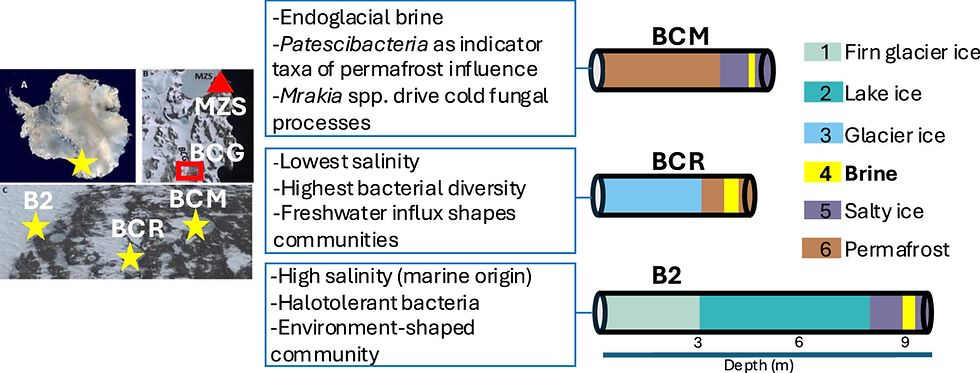Towards multiomic analysis of oral mucosal pathologies
- David Ojcius
- Feb 15, 2023
- 3 min read
Oral mucosal pathologies comprise an array of diseases with worldwide prevalence and medical relevance. Affecting a confined space with crucial physiological and social functions, oral pathologies can be mutilating and drastically reduce quality of life. Despite their relevance, treatment for these diseases is often far from curative and remains vastly understudied. While multiple factors are involved in the pathogenesis of oral mucosal pathologies, the host’s immune system plays a major role in the development, maintenance, and resolution of these diseases. Consequently, a precise understanding of immunological mechanisms implicated in oral mucosal pathologies is critical (1) to identify accurate, mechanistic biomarkers of clinical outcomes; (2) to develop targeted immunotherapeutic strategies; and (3) to individualize prevention and treatment approaches. Here, we review key elements of the immune system’s role in oral mucosal pathologies that hold promise to overcome limitations in current diagnostic and therapeutic approaches. We emphasize recent and ongoing multiomic and single-cell approaches that enable an integrative view of these pathophysiological processes and thereby provide unifying and clinically relevant biological signatures.
by Jakob Einhaus, Xiaoyuan Han, Dorien Feyaerts, John Sunwoo, Brice Gaudillilere, Somayeh H. Ahmad, Nima Aghaeepour, Karl Bruckman, David Ojcius, Christian M. Schurch & Dyani K. Gaudilliere
Introduction Oral mucosal pathology is a large but understudied field that has important implications for the health and quality of life of billions of people worldwide. The most common pathologies affecting the oral mucosa fall under three categories, including (1) benign, precancerous, and malignant neoplasms (e.g., fibromas, leukoplakias, and squamous cell carcinoma), (2) bacterial, fungal, and viral infectious diseases (e.g., periodontitis, candidiasis, and herpes simplex virus), and (3) autoimmune disorders (e.g., oral lichen planus, recurrent aphthous stomatitis, pemphigus vulgaris, and mucous membrane pemphigoid). Oral pathologies affect a carefully designed barrier of the human body between a strongly bacterially colonized environment of the oral cavity and the bordering, highly vascularized and multifunctional mucosa. The mucosal integrity is crucial for central human functions such as food intake, taste, speech, breathing, and esthetics, making disability in this area truly crippling to quality of life. The localization and functionality of the mucosa as a barrier at the interface of contrasting environments imply a strong presence and involvement of the host’s immune system in the pathophysiology of most oral mucosal pathologies. An integrated examination of the immune system’s complex role in health and pathology of the oral mucosa is essential to advance the management of oral diseases. Recently, advances in high-throughput transcriptomic, proteomic, metabolomic, and cytomic technologies have enabled the characterization of the complexity of localized and systemic diseases [1,2,3,4,5]. In this review, we focus on the interplay between oral pathology triggers and the host’s immune response mechanisms in the development, maintenance, progression, and resolution of pathological processes in the oral cavity. Importantly, we highlight recent technological advances that allow a multiomic assessment of immunological events involved in oral pathologies and the improvement of clinical care towards targeted immunotherapies and diagnostics.
Immune involvement in oral pathologies The mucosa of the oral cavity represents an important physiological barrier of the human body and, therefore, demonstrates a high level of immune cell presence along its surface under healthy conditions. In consequence, emerging oral pathologies show a particularly strong immune involvement. The deployed functional defense mechanisms on one hand and failure, dysfunction, or hyperfunction of the host’s immune response on the other determine the development and maintenance of pathological states. In the following paragraphs, we elucidate the elemental role of immune cells in the most common neoplastic, infectious, and autoimmune diseases of the oral cavity (Fig. 1
Read more at:








Comments